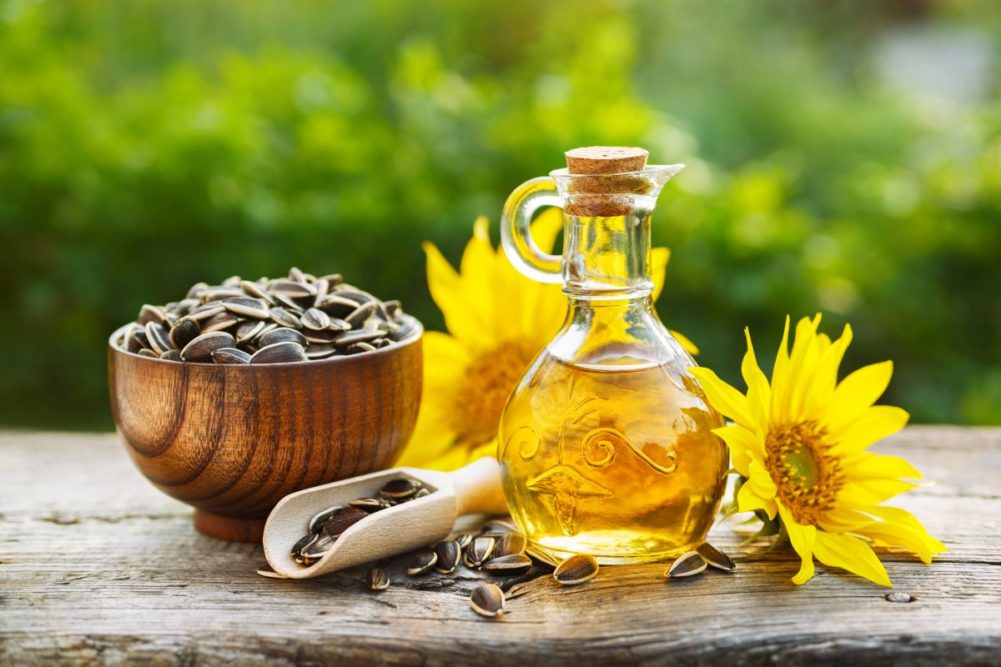More manufacturers are turning to high-oleic oils to reduce saturated fat content and provide other functional benefits to their foods. According to Expert Market Research, the global high-oleic market is projected to grow at a CAGR of 6.5% between 2023 and 2028, reaching approximately $6.8 billion.
High-oleic oils, including sunflower, olive, canola and soy, are low in saturated fats and high in monounsaturated fats, both of which promote lower LDL (bad) cholesterol. These oils also offer greater oxidative stability.
“High-oleic oils provide great options for snack and bakery items,” said Michelle Peitz, technical solutions and marketing, oils, ADM. “In applications like cereal or crackers, a high-oleic soy or sunflower oil promotes sensory qualities and allows shelf life to be met without incorporating antioxidants in an oxidatively prone format.”
Oils like high-oleic soybean can also be transformed into shortening through the process of interesterification, which modifies the oil’s melting point and improves its baking functionality. These shortenings can provide the same functionality of partially hydrogenated oils (PHOs), or trans fats, of the past, noted Frank Flider, oils consultant, United Soybean Board, but without the associated health risks.
“This technology has resulted in wholesale substitution of PHOs with interesterified high-oleic oils,” he said.
These oils can also help contribute to products with trending better-for-you attributes like keto-friendly and gluten-free.
“For example, concepts like our gluten-free thin pizza crust leverage our interesterified soybean oil to ensure the pizza crust has the right functionality throughout cooking and shelf life,” Ms. Peitz said.
Stratas Foods offers blends of soy and palm as well as interesterified soybean and high-oleic soybean shortenings that lower saturated fat while maintaining or enhancing finished applications, said Roger Daniels, vice president, research development, innovation and quality, Stratas.
“Stratas has commercialized a non-hydrogenated shortening product that does not contain hydrogenated soy or palm oil on its label,” he said. “This product offers superior icing performance with a robust workable range of application temperatures.”
Bunge offers fats and oils ranging from high-oleic sunflower to tropical oils like coconut oils and shea.
“Leveraging different technologies and oil types is a key way to match target nutritional goals,” said Tyronna Capers, director of marketing, Bunge. “Bunge offers a number of products in our SansTrans and NH portfolio that offer a wide range of nutritional profiles.”
John Satumba, PhD, global bakery technical lead and regional R&D director for North America, global edible oil solutions, Cargill, noted high-oleic oils can be used in applications like cookies and muffins, although additional functionality will be needed. More often, these high-oleic oils are used in fried products such as chips and donuts.
“In fried applications, high-oleic oils offer higher stability and longer fry life as compared to commodity oils,” he said.
Mr. Flider pointed out using a commodity oil vs. a high-oleic oil will depend on the objectives of the producer, as well as the shelf stability the finished product requires. Cost will also be a concern, as high-oleic oils are more expensive.
This article is an excerpt from the October 2023 issue of Baking & Snack. To read the entire feature on Fats & Oils, click here.





